304 Stainless Steel Tab Washer with Long Tab and Wing M3-M52 Double Tab Washer
304 Stainless Steel Tab Washer with Long Tab and Wing M3-M52 Double Tab Washer
- Beschrijving
- Beoordelingen (0)
Beschrijving
What is a Tab Washer?
A tab washer, also known as a lock washer or locking tab washer, is a specialized type of washer designed to prevent nuts, bolts, or other fasteners from loosening due to vibration or rotation. It features one or more protruding “tabs” that can be bent upward against the flat surface of a nut or a component, effectively locking it in place and providing a secure, mechanical lock. This simple yet effective device is a reusable and positive locking mechanism widely used in various industrial and mechanical applications.
Materials
Tab washers are manufactured from a range of materials to suit different environmental conditions and strength requirements. Common materials include:
Carbon Steel: The most common material, offering good strength and durability for general-purpose applications.
Stainless Steel (e.g., 304 or 316 grades): Used for excellent corrosion resistance in harsh environments, such as marine or chemical processing applications.
Brass: Chosen for its good corrosion resistance and non-magnetic properties, often used in plumbing and electrical applications.
Phosphor Bronze: Offers good corrosion resistance, excellent spring properties, and high fatigue resistance.
Aluminum: Used for its light weight and decent corrosion resistance in aerospace and automotive applications.
Surface Finishes
The surface finish applied to a tab washer enhances its appearance, provides a protective coating against corrosion, and can sometimes affect its frictional properties. Common finishes include:
Zinc Plating: A very common, cost-effective finish that provides good corrosion resistance (often with a blue, clear, or yellow chromate conversion coating).
Cadmium Plating: Offers excellent corrosion resistance and lubricity but is less common due to environmental and health concerns.
Nickel Plating: Provides a hard, durable, and corrosion-resistant surface with a shiny appearance.
Black Oxide: A conversion coating that provides mild corrosion resistance and a non-reflective black finish.
Passivation: A chemical treatment for stainless steel parts to enhance and restore the innate corrosion-resistant layer.
No Finish: Often referred to as “self-color” or “plain,” meaning the washer is left in its raw, mill-finish state.
Specifications
Tab washers are specified by several key dimensions and features:
Inner Diameter (ID): The size of the hole, which must match the diameter of the bolt or stud.
Outer Diameter (OD): The overall outside size of the washer.
Thickness: The gauge of the material, which contributes to its strength and the stiffness of the tabs.
Number of Tabs: Can range from a single tab to multiple tabs (e.g., 2, 3, or 4) arranged around the circumference.
Tab Size and Shape: The length and width of the tabs that are bent to secure the fastener.
Material Grade: Denotes the mechanical properties of the material, such as Grade 304 stainless steel or A36 carbon steel.
Standards: They can be manufactured to meet various industrial standards like DIN 463, ANSI B18.21.1, or specific customer drawings.
Application Fields
Tab washers are versatile and find use in numerous fields where vibration or rotational forces are a concern:
Automotive and Transportation: Securing wheel bearings, axle nuts, and critical engine components.
Aerospace: Used in control linkages, engine mounts, and other safety-critical assemblies where reliability is paramount.
Industrial Machinery: Locking bearings onto shafts, securing gears, pulleys, and large nuts on heavy equipment.
Marine: Applications on boats and ships where constant vibration and a corrosive environment are present.
Railway: Securing components on locomotives and rolling stock.
General Manufacturing and Maintenance: Any application where a proven, reusable locking method is preferred over chemical threadlockers.
An Excellent Case: Securing a Industrial Fan Assembly
A powerful exhaust fan in a large manufacturing plant was experiencing chronic failures. The central impeller was constantly coming loose from the motor shaft due to intense vibration and cyclical loading, leading to downtime, costly repairs, and lost production.
The solution was to replace the standard hex nut with a tab washer system. A high-strength carbon steel tab washer, zinc-plated for corrosion resistance, was installed behind the impeller. The washer’s inner diameter was a precise fit for the motor shaft, and its outer tabs were positioned correctly relative to the impeller’s housing.
During assembly, the nut was torqued to the precise specification. Once tight, the two opposing tabs were bent at a 90-degree angle using a hammer and chisel, one tab firmly against the flat of the nut and the other against a fixed surface of the impeller hub.
This simple intervention provided a fail-safe mechanical lock. The fan assembly ran continuously for over two years without a single instance of loosening. The tab washer successfully absorbed the vibrational forces, preventing rotational movement of the nut and ensuring operational integrity, thereby eliminating the costly downtime and demonstrating the exceptional reliability of this classic locking device.





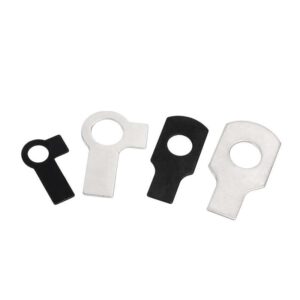



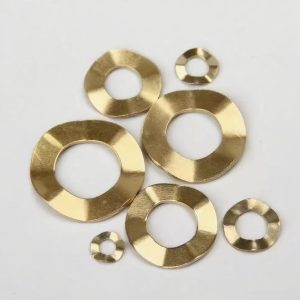
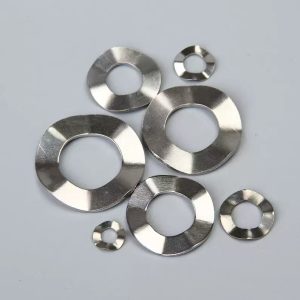
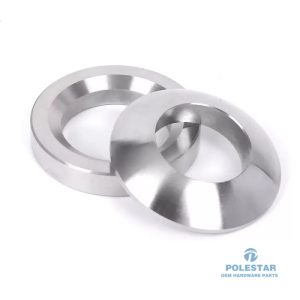
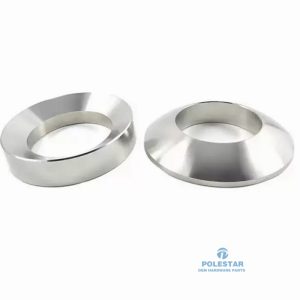

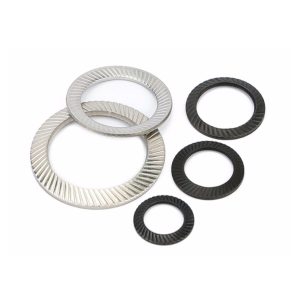
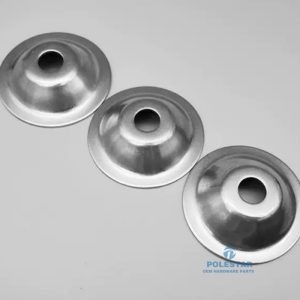

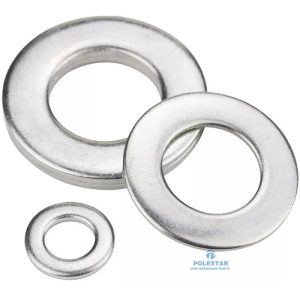
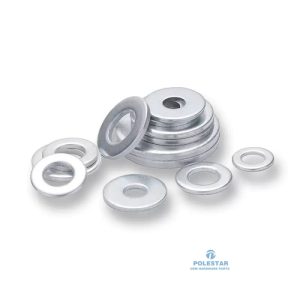
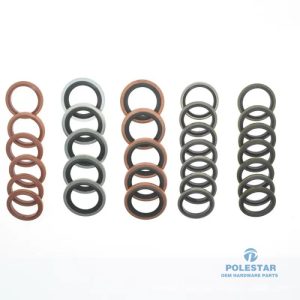
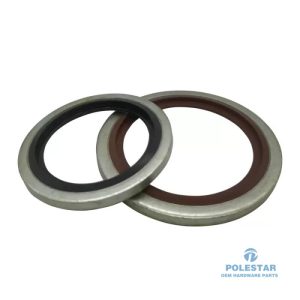
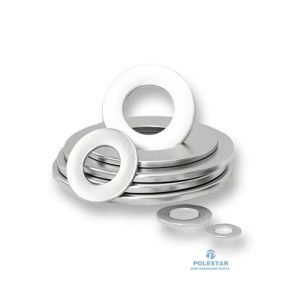
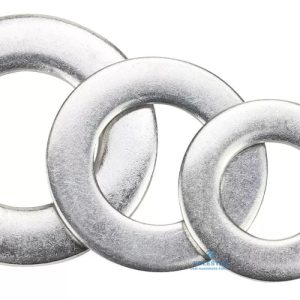

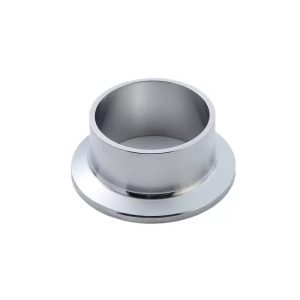
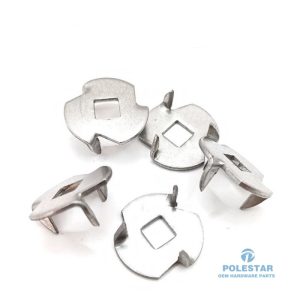
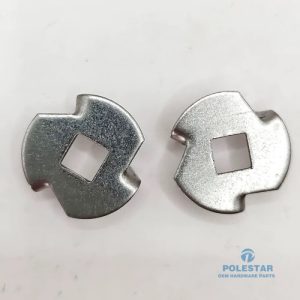
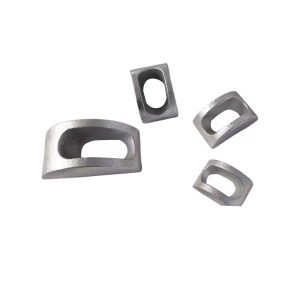
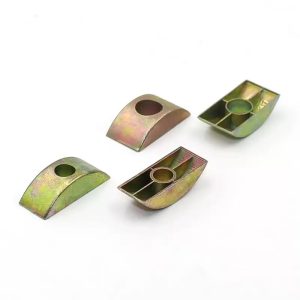
Beoordelingen
Er zijn nog geen beoordelingen.